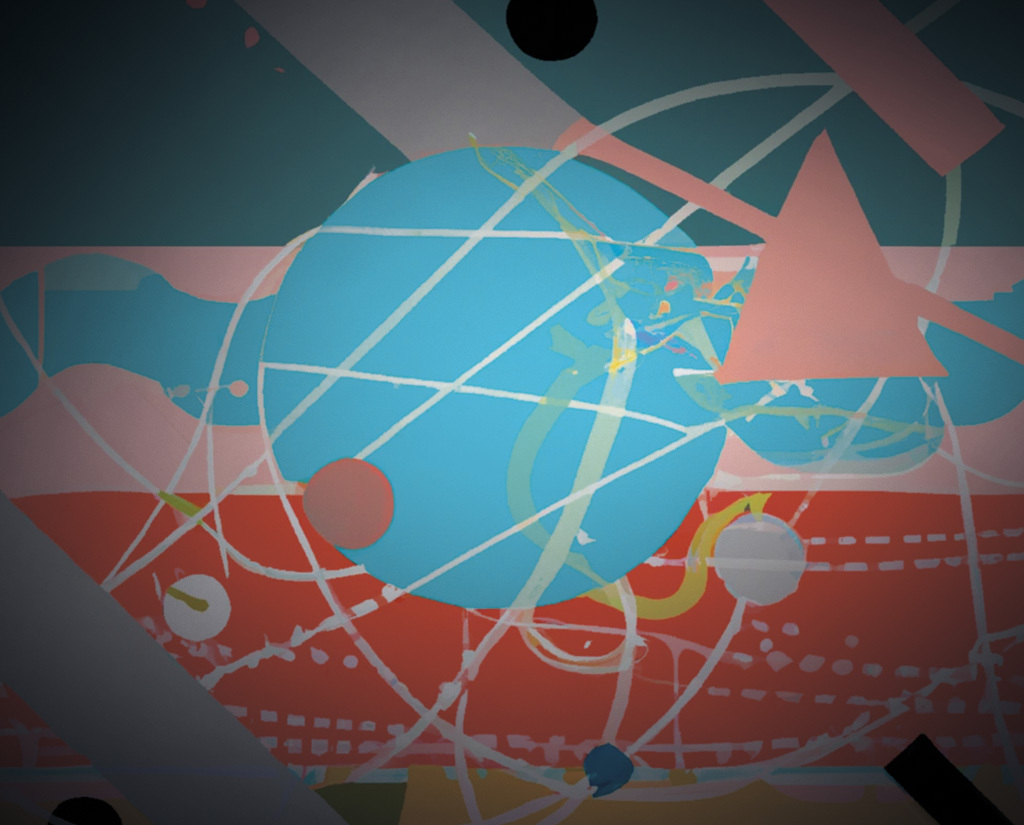AI Revolutionising Web Design: A New Era of Interactivity
Over the last couple of decades, the internet has evolved significantly, and so has the way we design and interact with websites.
Platforms like WordPress have played a major role in democratising web design, making it accessible to non-technical users. However, the prevalence of these platforms has also led to a certain level of homogeneity in web design. As we move forward, recent advancements in artificial intelligence (AI) have the potential to bring a new era of innovation and interactivity in the way we create and experience websites.
The State of Web Design Today
In recent years, web design has been dominated by content management systems (CMS) like WordPress, which provide a user-friendly interface for creating and managing website content. The proliferation of website builders and templates has led to many websites adopting a similar look and feel, with limited opportunities for customisation. While these platforms have streamlined the process of creating websites, they have also limited creativity and personalisation.
Mobile devices and smaller screen sizes have also influenced web design – very often the resulting website looks much like any other. With the only remaining differentiator the content itself.
The Role of AI in Web Design
With the advent of AI, web design is on the cusp of a significant transformation. Here's how AI can reshape website design and user experience in various aspects:
1. AI-generated Images and Videos
Advanced AI algorithms can now generate images and videos that are indistinguishable from those created by humans. Using techniques like Generative Adversarial Networks (GANs), AI can create high-quality visuals for websites, tailor-made to fit the desired theme, style, and tone (check out the header image for this article!).
This means that web designers will no longer need to rely on stock imagery or spend hours creating custom visuals, allowing for greater flexibility and personalisation in web design.
2. AI-driven Text to Speech
Text-to-speech technology has come a long way, and AI has played a significant role in improving the quality and naturalness of synthesised speech. With AI-driven text-to-speech, websites can offer audio versions of their content, providing a more engaging and accessible experience for users. This could also pave the way for voice-activated websites, allowing users to navigate and interact with content using voice commands.
This has implications for the accessibility of websites, and we should see an improvement in inclusivity of digital media as a result.
3. AI-assisted Design
AI can provide valuable assistance to web designers by suggesting design elements, layouts, and colour schemes based on the desired user experience and target audience. This can help designers create websites that are more in tune with their users' needs and preferences. In addition, AI-powered design tools can help designers generate code automatically, streamlining the development process and reducing the potential for human error.
4. AI for Personalisation and Adaptability
By analysing user behaviour and preferences, AI can help create websites that adapt and personalise the user experience in real-time. This can include presenting content in a format that suits the user's device, learning from user interactions to recommend relevant content, or even adjusting the website's colour scheme based on the user's preferences (perhaps if someone has a form of colour blindness). This level of dynamic personalisation can lead to a more engaging and satisfying user experience – one which differs for each user.
Rocca. Research and Development
As AI continues to advance, it has the potential to revolutionise the field of web design, making it more dynamic, interactive, and personalised. By harnessing the power of AI-generated images, videos, and text-to-speech, as well as AI-driven design assistance and personalisation, web designers and content creators can create websites that are not only visually stunning but also deeply engaging and tailored to the unique needs of their users.
As part of its Research and Development activities, Rocca. is currently working on the advances mentioned above, and you’ll start to see the fruits of our labour in some of our new work.
If you’d like to learn more about how your organisation can benefit from these technologies, reach out to us.


